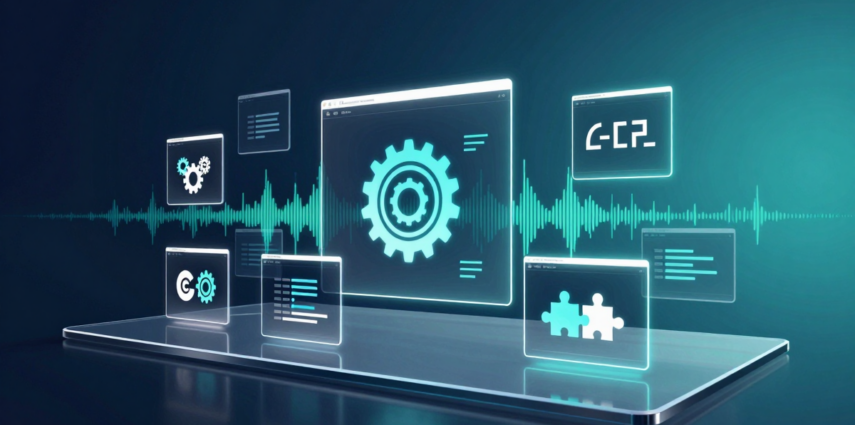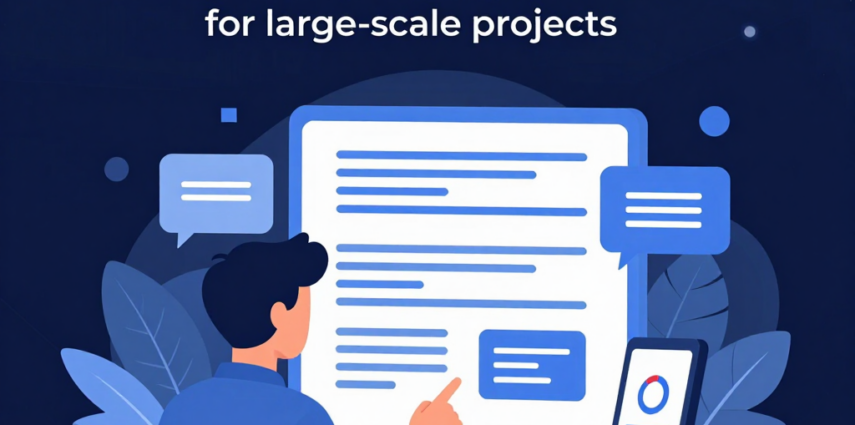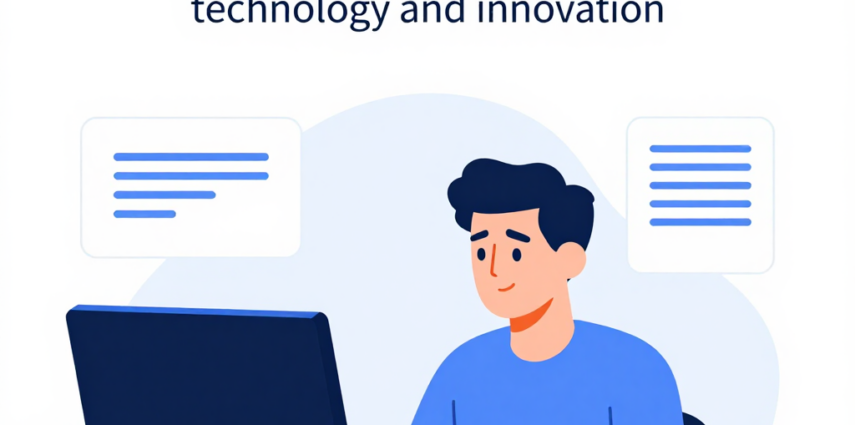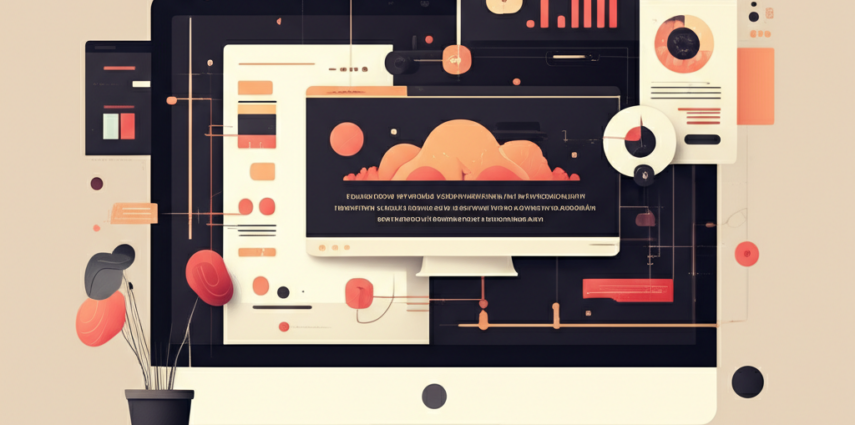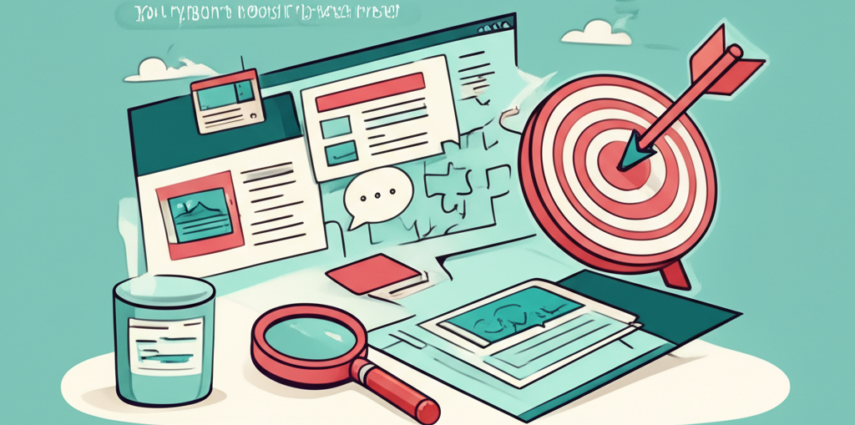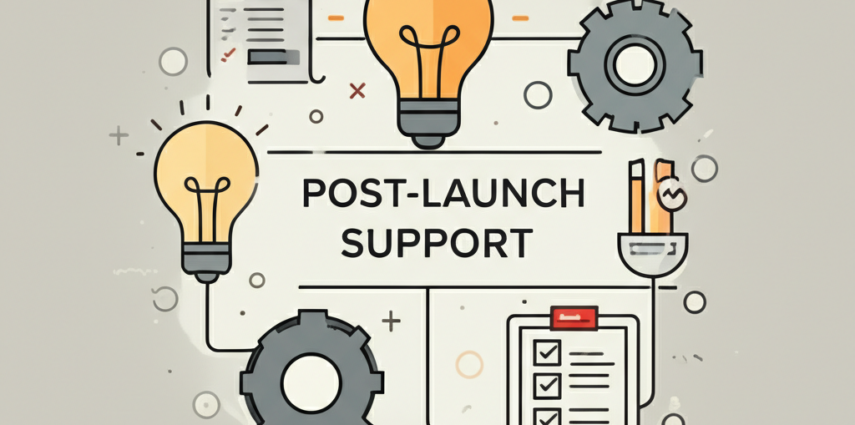Hidden Costs of AI Website Builders: A Cautionary Guide
The Allure of “Zero‑Cost” AI Builders
When a startup launches, the promise of an AI‑powered website builder that “creates a professional site in minutes for free” feels like a miracle. The headline appeal—no coding, no design skills, instant deployment—draws millions of users onto platforms that advertise a 30‑day free trial followed by an invisible monthly fee.
However, the hidden costs of AI website builders start to surface once the free tier ends or when you begin scaling.
– Data‑Storage Fees: Most AI builders store your content on shared servers. When traffic spikes, you’re forced to upgrade to a paid plan that can cost $15–$30/month per additional GB—often hidden in the fine print.
– API Call Limits: Generative AI models charge per token. A small blog post may consume 200 tokens, but a newsletter with 10 k words can generate hundreds of dollars in API usage if you rely on the platform’s AI engine.
– Limited Customization: Free plans lock your site behind a branded domain and limited CSS. Removing the brand requires an upgrade, turning a free builder into a subscription.
Analogy: Think of it like renting an apartment with “free utilities” that turn out to be hidden charges for water, electricity, and internet. The upfront cost looks attractive, but the monthly bills reveal the true expense.
Future Implication: As AI models become more sophisticated, API costs are expected to rise. By 2027, the average token cost for commercial usage could exceed $0.0008 per token, dramatically inflating hidden maintenance expenses for small businesses.
—
Free AI Site Builder Traps
The free AI site builder traps go beyond the hidden subscription fee:
1. Limited Scalability
– Free tiers often cap page views or concurrent users. A sudden viral post can push you past the limit, forcing an upgrade or causing your site to throttle.
– Citation: According to the recent analysis on WordPress’s blog, “free AI builders often impose strict limits that can cripple growth” (WordPress 2025).
2. Vendor Lock‑In
– Your entire site is built on proprietary templates and APIs. Migrating to another platform requires re‑building or scraping content, a costly manual process.
– Citation: The WordPress article highlights the “inflexibility of vendor‑locked AI sites” and warns developers about potential data migration headaches.
3. Subpar SEO & Analytics
– Many free builders generate static HTML with minimal meta tags, hurting search rankings. Advanced analytics dashboards are usually absent or require third‑party integrations that cost extra.
4. Compliance & Security Risks
– Free platforms may not offer GDPR‑compliant data handling or SSL certificates, leaving your user data exposed.
Future Forecast: With stricter privacy regulations looming worldwide, free AI builders that do not provide built‑in compliance tools will face legal penalties, indirectly increasing operational costs for users.
—
AI Website Maintenance Costs
Even after you upgrade past the free tier, AI website maintenance costs are often underestimated:
– Ongoing API Billing
– Content updates trigger new AI calls for image generation, copy editing, or SEO suggestions. These incremental charges accumulate monthly.
– Security Patching
– AI platforms rarely patch underlying vulnerabilities promptly. Users must manually audit and apply security updates, a task typically reserved for managed hosting.
– Backup & Disaster Recovery
– Free and low‑tier plans rarely offer automated backups. You must implement your own backup solution, adding storage costs and administrative overhead.
– Performance Optimization
– AI‑generated sites can become bloated with unnecessary scripts. Manual debugging is required to reduce load times, directly impacting user experience and SEO.
Analogy: Maintaining an AI‑built website is like maintaining a self‑driving car that still requires you to check the oil, brake pads, and tire pressure. The “AI” takes care of many tasks, but you still shoulder the routine upkeep.
Future Implication: As AI models grow in size and complexity, server-side rendering will become more resource‑intensive. Businesses may need to shift from shared hosting to dedicated instances, increasing monthly costs by 30–50%.
—
Downtime in AI Websites & Manual Debugging
AI website builders promise 99.9% uptime, but real‑world performance can be disappointing:
– Server Outages
– Shared infrastructure means one user’s traffic spike can affect everyone. When an AI model goes offline for maintenance, your site may go dark.
– API Latency
– Generating content on‑the‑fly introduces latency. Users see loading spinners, hurting engagement and conversion rates.
– Manual Debugging AI Sites
– When a template bug or broken link appears, you must dig into the underlying code. Unlike traditional CMSs with community plugins, AI builders offer limited debugging tools, forcing developers to manually edit JSON or template files.
Citation: The WordPress article notes that “downtime in AI‑powered sites often stems from shared resources and insufficient error handling” (WordPress 2025).
Future Forecast: With the rise of edge computing, AI builders may shift processing to CDN nodes. While this reduces latency, it introduces new failure points that could increase downtime if not managed properly.
—
Cost Comparison: AI Builders vs Managed Hosting
A comprehensive cost comparison reveals that the “free” promise can be misleading:
Comparison of Website Features
| Feature |
AI Builder (Free/Low‑Tier) |
Managed Hosting (Proprietary CMS + Cloud) |
| Initial Cost |
$0–$30/month |
$200–$300/month (depending on traffic) |
| API Calls |
Unlimited but hidden per‑token cost |
No AI calls; content is manually authored |
| Custom Domain |
Free with subdomain, paid for custom |
Included in most plans |
| Security & SSL |
Basic; upgrade needed |
Full compliance, automatic renewals |
| SEO Tools |
Limited |
Advanced analytics & structured data |
| Vendor Lock‑In |
High |
Low (open‑source CMS) |
Key Takeaway: When you factor in API usage, migration costs, and downtime penalties, a managed hosting solution can be 30–40% cheaper over the first two years for small to medium businesses.
Future Implication: As AI becomes a standard feature in hosting platforms, managed hosts will likely bundle generative AI tools at a predictable rate, eliminating hidden costs and providing transparency.
—
Bottom Line: A Word of Caution
The hidden costs of AI website builders are not merely theoretical—they manifest as:
– Unexpected subscription fees
– Escalating API usage bills
– Manual debugging overhead
– Potential downtime and security vulnerabilities
Choosing an AI builder on the surface is tempting, but the long‑term financial and operational burden often outweighs the initial savings.
– If you’re a startup or small business, consider a managed hosting provider that offers transparent pricing, robust security, and reliable uptime.
– If you must use an AI builder, set clear budget limits on API calls, regularly audit traffic, and prepare a migration plan to avoid vendor lock‑in.
Future Outlook: As AI models become more efficient and cloud pricing stabilizes, the line between “free” builders and paid solutions will blur. The key is to stay informed about hidden fees, plan for scalability, and prioritize control over convenience.
“Education is the most powerful weapon which you can use to change the world.” – Nelson Mandela
(Adapted from the related article’s theme of informed decision‑making)
Sources:
– WordPress Blog, “AI Website Building Hype vs Reality” (2025) – https://wordpress.com/blog/2025/12/08/ai-website-building-hype-vs-reality/
– Related article abstract and insights (2025) – https://wordpress.com/blog/2025/12/08/ai-website-building-hype-vs-reality/
—

